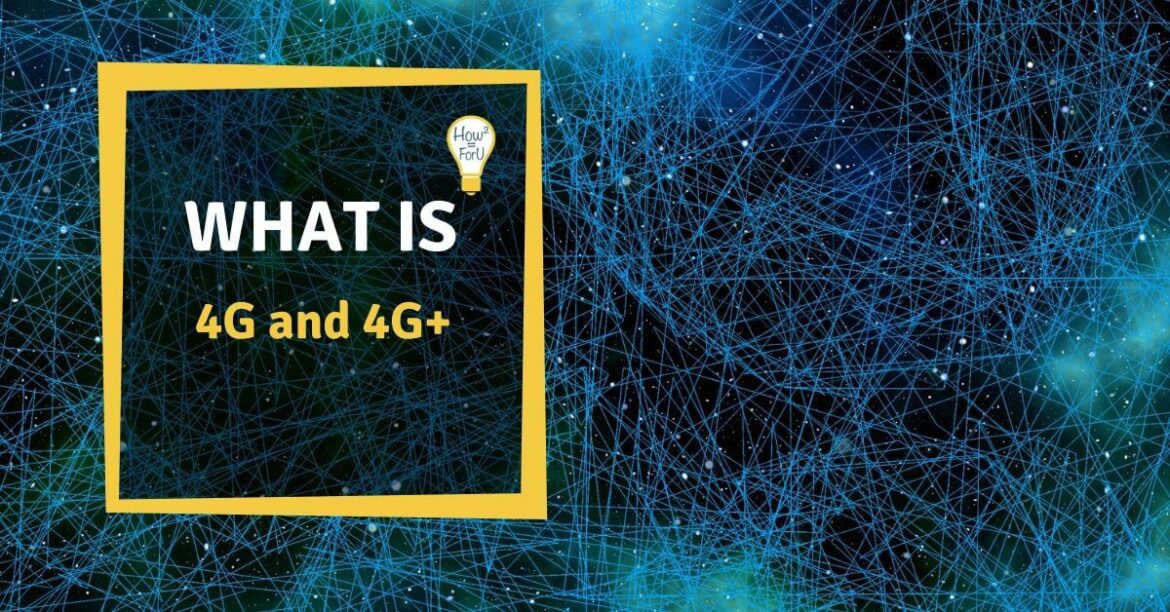2.4K
In the status bar of your smartphone or tablet you will always find the signs 4G and 4G+. In this practical tip, we show you exactly what they are and what details are hidden behind the abbreviations.
4G and 4G+: This is what the abbreviations mean
Like the abbreviations 3G, E and G, the two signs 4G and 4G+ stand for the mobile data connection. There are similarities and differences between the two designations:
- Both 4G and 4G+ denote an LTE connection. This means that you will only see the abbreviations if you have an LTE-capable device and a corresponding contract.
- However, not all LTE is the same. There are differences in speed depending on the area and mobile operator:
- With 4G, you can theoretically reach speeds of up to 150 Mbps. The average download speed of this LTE connection with 4G is 20.83 Mbps, the upload speed is 1.48 Mbps and the average response time is 54.17 ms.
- 4G+ is a bit faster still. The abbreviation stands for the latest LTE standard, so-called LTE Advanced. Here, speeds of up to 450 Mbit/s are possible. In practice, the average download speed is 123.9 Mbit/s, the upload is 31 Mbit/s and the response time is 38 ms.

